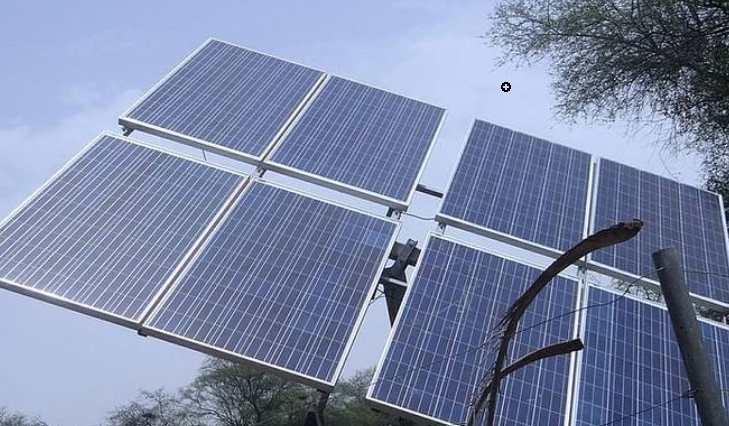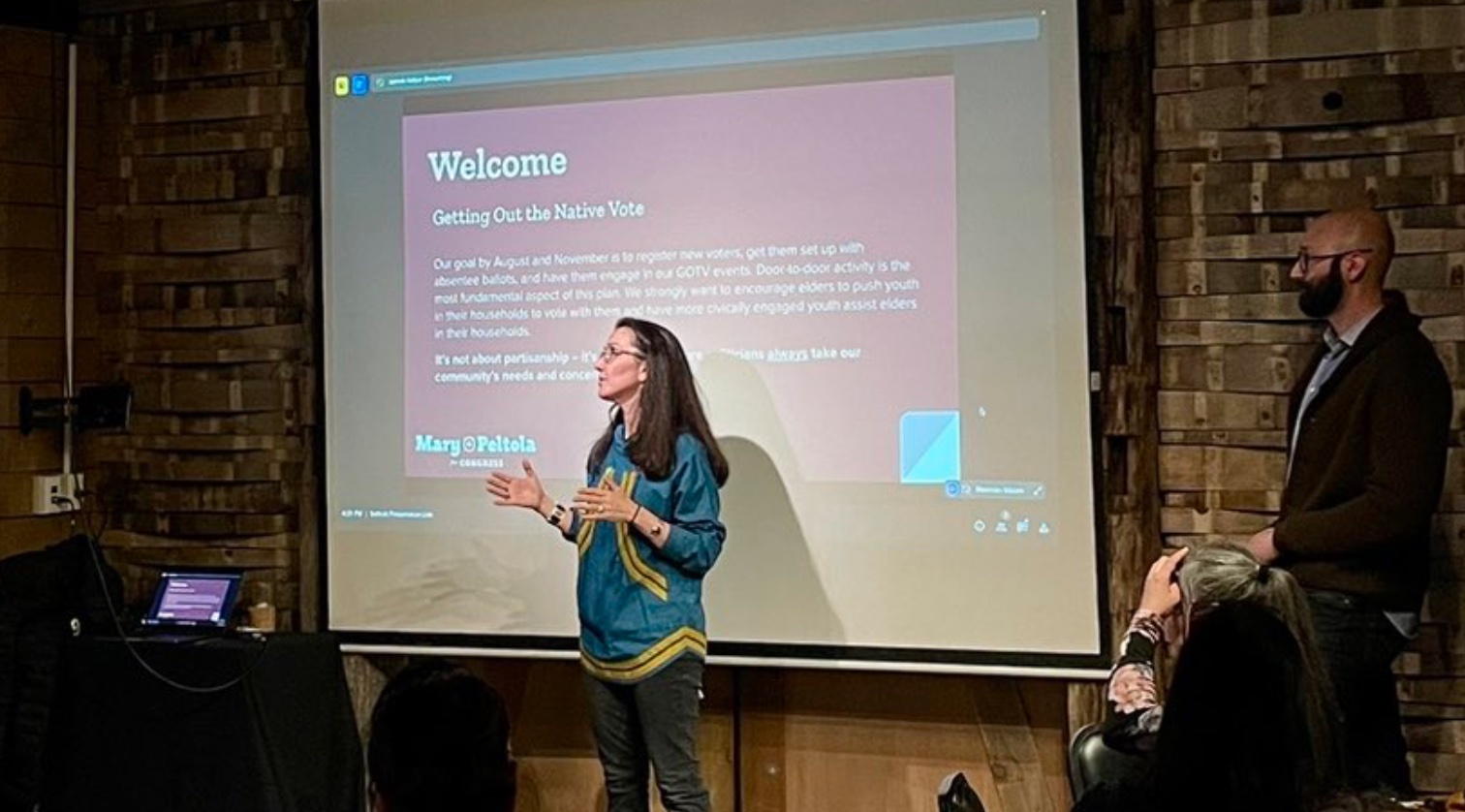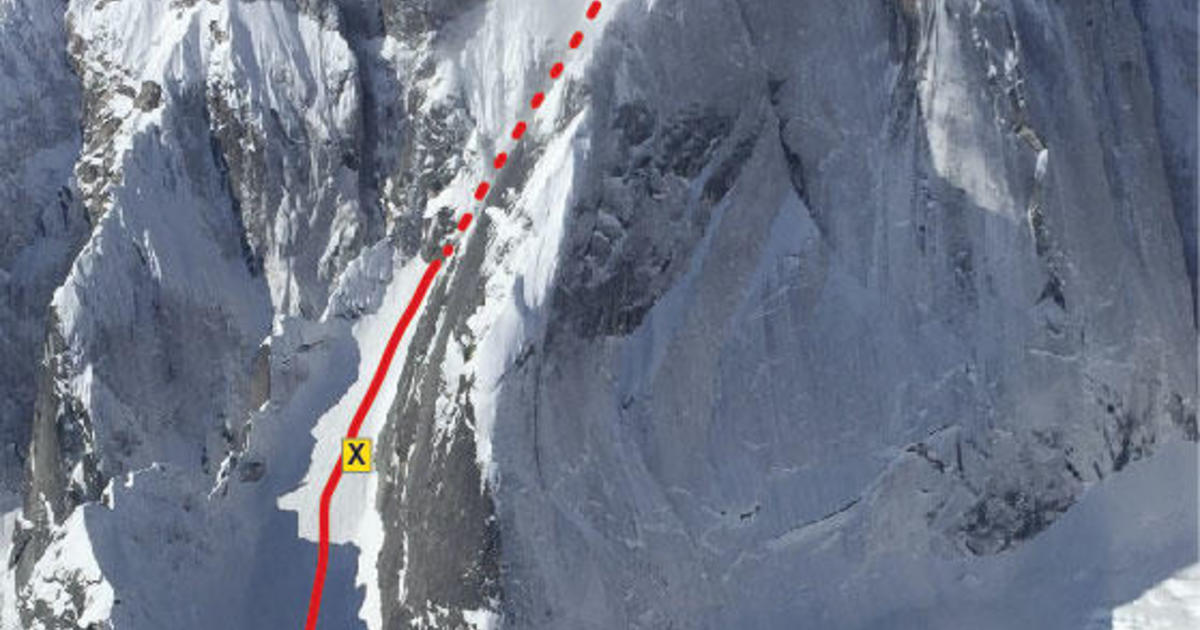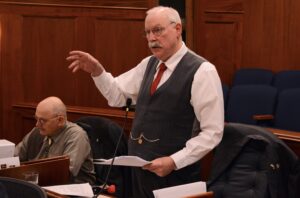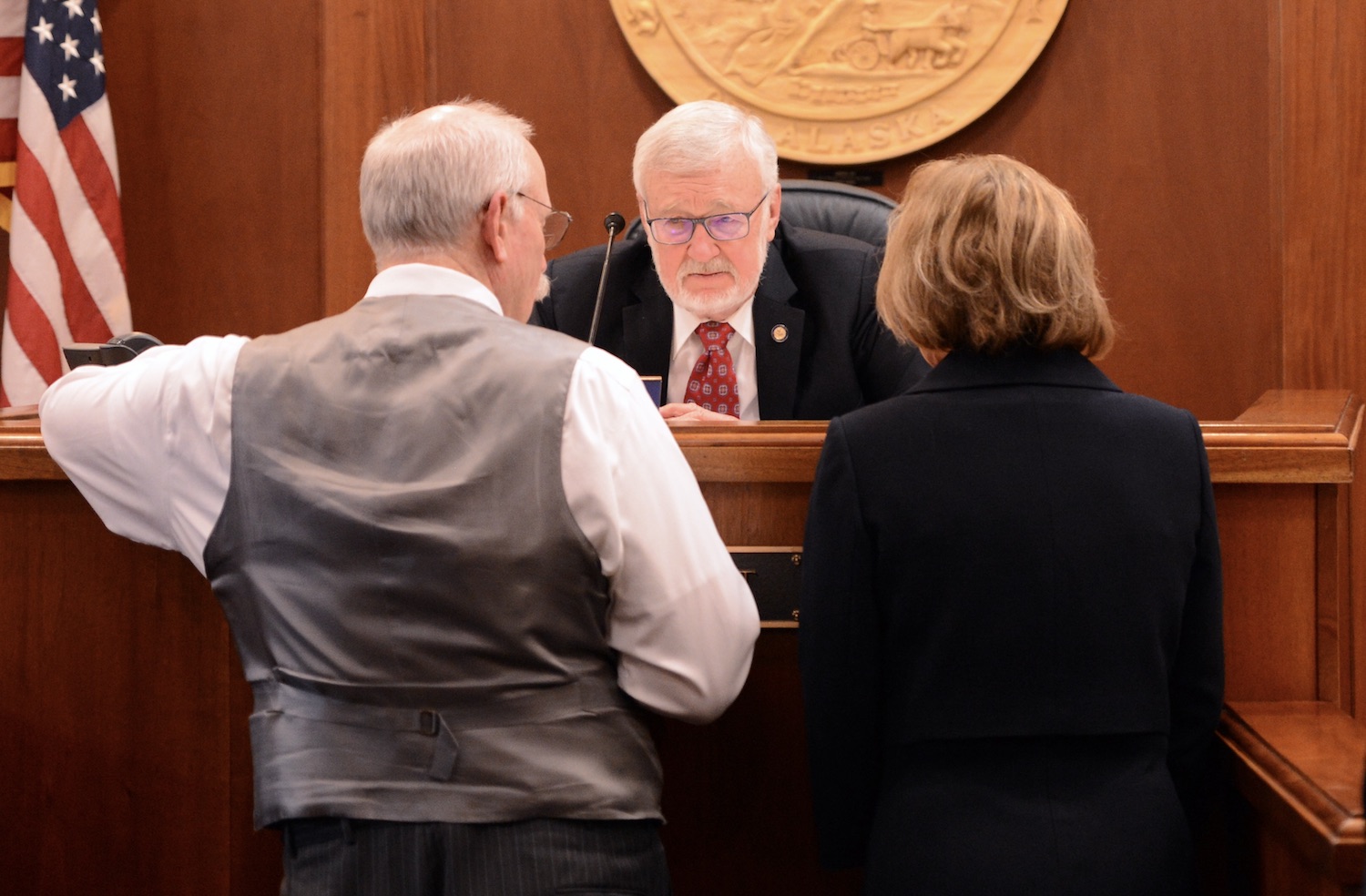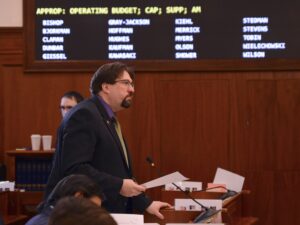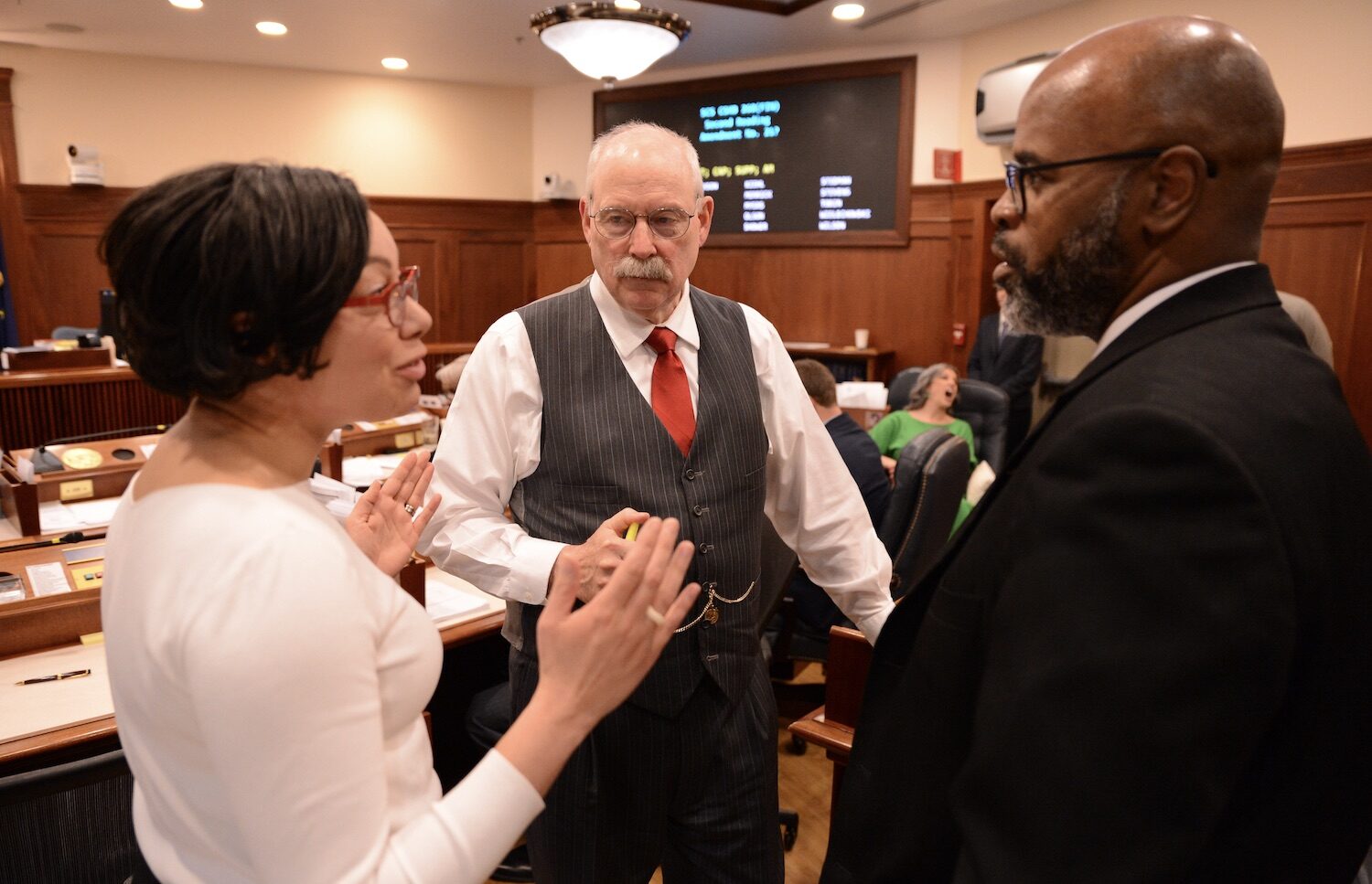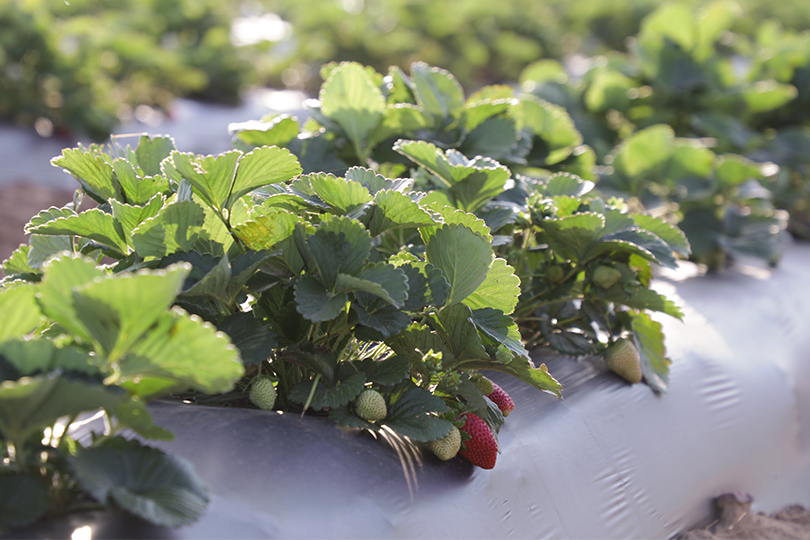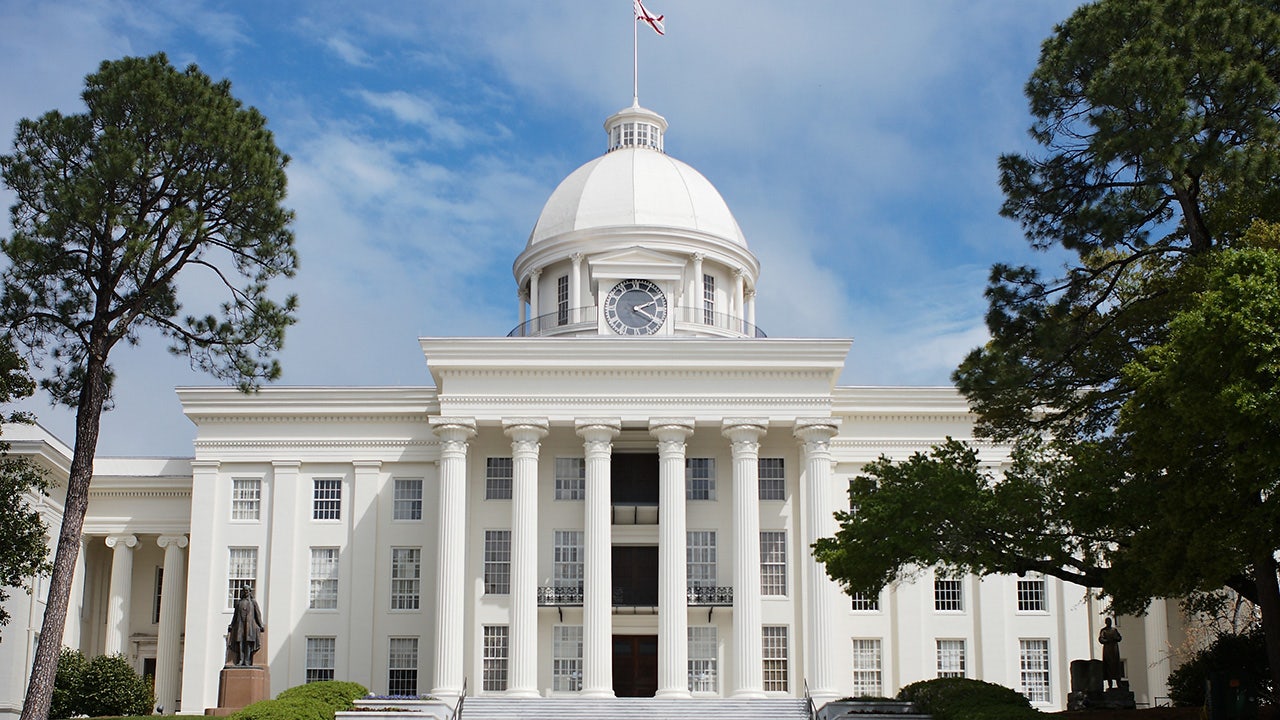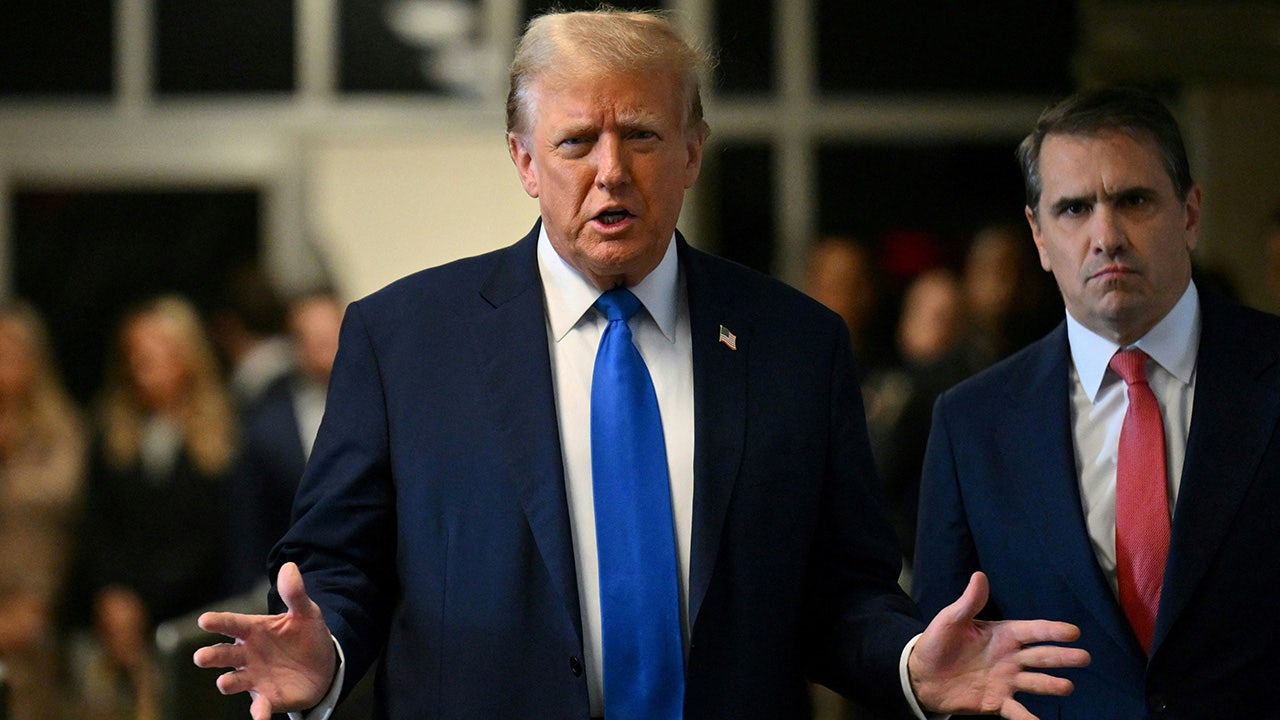Last year, the Biden administration issued the green light for ConocoPhillips’ (NYSE:COP) $8 billion Willow project in Alaska, ending the company’s long wait much to the consternation and chagrin of environmentalists. ConocoPhillips is the largest crude producer in Alaska and also the largest owner of exploration leases, with extensive holdings in Prudhoe and the National Petroleum Reserve-Alaska (NPR-A).
Whereas the Willow project has frequently garnered the lion’s share of attention and media coverage, another, even bigger, Alaskan energy project has been flying under the radar: the $43B state-led Alaska LNG project. Skeptics have been quick to point out that 2023 was yet another dry year for the ambitious project with no major deals or investments announced by the Alaska Gasline Development Corp., or AGDC. Things came to a head on Monday after Alaska Republican Gov. Mike Dunleavy’s administration presented the Senate Finance Committee with a $4.5 million budget request for the project, only to be met with pushback and sharp questions by three members of the committee.
“In my eight years of being a legislator, I don’t think they’ve inked one investment. And so is this a good use of those funds?Or do we need a change in leadership over there?” posed Wasilla Republican Sen. David Wilson.
For decades, elected leaders have dreamed about building a natural gas pipeline akin to ConocoPhillips’ 800-mile long trans-Alaska oil pipeline, that could export gas to markets outside of the state, provide cheaper heating fuel for Alaska residents and generate thousands of construction jobs. US Oil, Gas Drillers Add 1 More Rig As Production Plummets
Geared toward exports to Asian markets, the idea of the project was first mooted by Republican former Gov. Sean Parnell more than a decade ago and his successors, including Dunleavy, have continued to advocate for it. When complete, the project will source its gas from the enormous Prudhoe Bay and Point Thomson oil fields owned by ConocoPhillips, ExxonMobil Corp. (NYSE:XOM) and Hilcorp.
A 800-mile gas pipeline would then run south to the Kenai Peninsula, where a LNG plant would liquefy the gas before loading onto tankers bound for Asia. North Slope fields are expected to deliver ~3.5 billion cubic feet of gas per day, enough to meet a quarter of Japan’s gas consumption.
Unfortunately, that dream has never been realized with the project struggling to assemble the necessary combination of oil companies willing to sell their gas at a competitive price, investors and customers despite the state spending hundreds of dollars in public funds on the project. The project is eligible for tens of billions of dollars in federal loan guarantees. It’s not for lack of trying, though. Alaska’s statewide elected officials have intensified their efforts to push the project ever since Russia invaded Ukraine two years ago. In 2022, Republican U.S. Sen. Dan Sullivan pushed Alaska LNG to potential investors and buyers in Asia, with help from Rahm Emanuel, U.S. ambassador to Japan.
Currently, the project is trying to find investors or partners to provide the $150 million that AGDC needs to finish the engineering and design work required before a final investment decision (FID) can be made. AGDC is offering ownership of more than half of Alaska LNG to fund the entire project, with construction costs to be largely funded by investors or gas buyers.
Unfortunately, so far, nobody has been willing to bite. Back in July, the Wall Street Journal reported that potential customers in Japan and South Korea were looking at more competitive LNG projects elsewhere.
Nonetheless, multiple sources familiar with the nitty gritty of the project have revealed that two companies are seriously looking into it. The first is Venture Global LNG, a successful startup company with an operating LNG export plant in Louisiana. The company is, however, currently facing serious legal jeopardy with Shell Plc. (NYSE:SHEL) and BP Plc (NYSE:BP) among three companies seeking billions from the company through arbitration for what they claim is failure to fulfill previously negotiated long-term contracts with the European energy giants. On its part, Venture Global has defended itself by saying it’s under no obligation to fulfill those contracts until its export plant is complete and fully online.
The other company is Hanwha, a South Korean company with global operations that allegedly met with the Alaskan governor last year.
However, these claims cannot be verified after officials from Venture Global and Hanwha failed to respond to requests for comment.
Meanwhile, Joey Merrick, a prominent Alaska labor union leader, says he’s leading a new group that’s pitching AGDC on a potential investment in the project. Merrick says he’s working with Fengate, an asset management business, and Ullico Inc., a labor-aligned insurance and investment company. Dubbed Alaska Gasline & LNG, Merrick claims his new company has access to the $150 million needed to advance Alaska LNG to its next stage.
“We’re trying to, basically, take control of the project and work with AGDC and move it to the next stepI’m very optimistic. I think this is exactly what the state needs — something to be able to give us some cheaper energy, and something to be able to get us a little income in a different way,” Merrick has said.
By Alex Kimani for Oilprice.com
More Top Reads From Oilprice.com:




